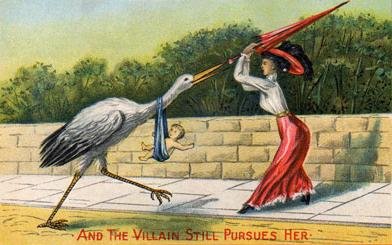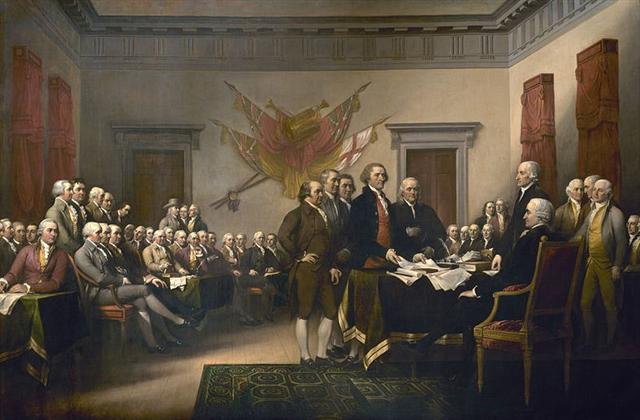3. The word rere suggests the quick movements of a flying bird (→ a god): ... In many Polynesian cultures the bodies of gods were conceived of as covered with feathers and they were frequently associated with birds: in Tahiti and the Society Islands, bird calls on the marae signaled the presence of the gods. Hawaiian feathered god figures generally depict only the head and neck of the god ...
Rere. To jump; to run; to fly. Rere-taúra, to carry a child astride on one's shoulder: ku rere-taúra-á i te poki e te matu'a ki te gao, the mother carries her child astride her neck. Vanaga. 1. To fly, to run, to leap, to scale, to be carried away by the wind; ika rere, flying fish; rere aruga, to rebound; hetuu rere, meteor, flying star. Hakarere, to leap. P Pau.: rere, to soar, to fly; fakarere, to precede. Mgv., Ta.: rere, to fly, to leap. 2. To come, to reach to. Mq.: éé mai, to come. 3. To swerve, to deviate. (4. Hakarere, to cease, desist, postpone, quit, vacation; tae hakarere, perseverance. Mq.: rere, to disappear. 5. Hakarere, to save, preserve, put, place, reserve, burden, destine. 6. Hakarere, to abandon, forsake, give up, depose, expose, leave, omit, abjure, repudiate; hakarere ki te hau, uncover the head; hakarere ki te vie, to divorce, hakarere ki raro, to put down, tooa te kiko e ivi i hakarere, to strip off the flesh. Mq.: éé, to run away, to escape. 7. Hakarere? Ikapotu hakarere, to abut, to adjoin; e tahi hakarere, synonym.) Churchill. Vi.: Lele, the end of a branch farthest from the body of a tree; leletha, to bend a branch in order to gather the fruit on it. Churchill 2. In the present phase of Polynesian lele so much means to fly that the plainest way of particularizing birds is to describe them as the flying animals, manulele. But to manifest that flight, an exercise or balancing of wings, was by no means the primordial sense, for how could that give rise to a description of water in the water-courses? It will be no end to mass the several significations which lele exhibits ... Flight of birds ... Wind drive ... Meteors ... To leap ... To run ... Flow of water ... To swim ... To sail ... These several activities are exercised in earth, air, and water. The common factor is the swift motion. The means of motion cut no figure. It is an invisible means in the driving of the wind, the flash of the meteor silent athwart the sky on its lethal errand, the slip and slide of the stream in its deep course, the set of the sea, the gliding of the canoe upon its surface. Churchill 2.
Although this idea does not exclude other such swift motions as e.g. of running fishes. ... Now birds and fishes are born under the sign of the Yin, but they belong to the Yang. This is why birds and fishes both lay eggs. Fishes swim in the waters, birds fly among the clouds. But in winter, the swallows and starlings go down into the sea and change into mussels ...
... After the great flood had at long last receded, Raven had gorged himself on the delicacies left by the receding water, so for once, perhaps the first time in his life, he wasn't hungry. But his other appetites, his curiosity and the unquenchable itch to meddle and provoke things, to play tricks on the world and its creatures, these remained unsatisfied. Raven gazed up and down the beach. It was pretty, but lifeless. There was no one about to upset, or play tricks upon. Raven sighed. He crossed his wings behind him and strutted up and down the sand, his shiny head cocked, his sharp eyes and ears alert for any unusual sight or sound. The mountains and the sea, the sky now ablaze with the sun by day and the moon and stars he had placed there, it was all pretty, but lifeless. Finally Raven cried out to the empty sky with a loud exasperated cry. And before the echoes of his cry faded from the shore, he heard a muffled squeak. He looked up and down the beach for its source and saw nothing. He strutted back and and forth, once, twice, three times and still saw nothing. Then he spied a flash of white in the sand. There, half buried in the sand was a giant clamshell. As his shadow fell upon it, he heard another muffled squeak. Peering down into the opening between the halves of the shell, he saw it was full of tiny creatures, cowering in fear at his shadow. Raven was delighted. Here was a break in the monotony of the day. But how was he to get the creatures to come out of their shell and play with him? Nothing would happen as long as they stayed inside the giant clamshell ...
The proper date for the northern spring equinox was not March 21 (80) but day 79: ... Ecclesiastically, the equinox is reckoned to be on 21 March (even though the equinox occurs, astronomically speaking, on 20 March [*364] in most years) ...
... About Carmenta we know from the historian Dionysus Periergetis that she gave orcales to Hercules and lived to the age of 110 years. 110 was a canonical number, the ideal age which every Egyptian wished to reach and the age at which, for example, the patriarch Joseph died. The 110 years were made up of twenty-two Etruscan lustra of five years each; and 110 years composed the 'cycle' taken over from the Etruscans by the Romans. At the end of each cycle they corrected irregularities in the solar calendar by intercalation and held Secular Games. The secret sense of 22 - sacred numbers were never chosen haphazardly - is that it is the measure of the circumference of the circle when the diameter is 7. This proportion, now known as pi, is no longer a religious secret; and is used today only as a rule-of-thumb formula, the real mathematical value of pi being a decimal figure which nobody has yet been able work out because it goes on without ever ending, as 22 / 7 does, in a neat recurring sequence [3.142857142857 ...]. Seven lustra add up to thirty-five years, and thirty-five at Rome was the age at which a man was held to reach his prime and might be elected Consul. (The same age was fixed upon by a Classically-minded Convention as the earliest at which an American might be elected President of the United States.) ...
|
||||||||||||||||||||||||||||||||||||||||||








